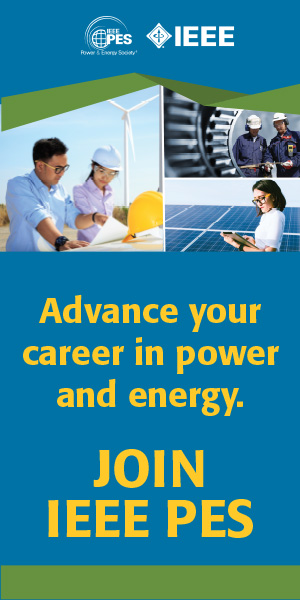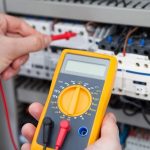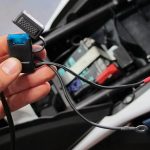We usually never ask ourselves why when we connect the mobile to the socket it charges, or how the appliances can work. All this is possible because we have electricity in our house. Electricity that has been generated in a power station using different techniques, that has been taken from the power station to the distributor of our city using the high voltage electrical network and that from this distributor arrives, in a safe and reliable way, to our house. This is how the electrical system works, thanks to which we can live as we do, with the comforts of electricity.
How the energy is generated
Electricity doesn’t just appear, as if by magic. Rather, before we can consume it and use it in our house, the first thing we must do is generate it. The process of generating electricity takes place in what are known as power plants. These power plants can be of many types.
- Thermoelectric plants, those that burn coal, gas or diesel. The steam generated from such burning moves a turbine and this is how electricity is generated.
- Nuclear power plants, those that use nuclear fission to heat water, generate steam and move turbines.
- Geothermal power plants, which use the heat from the interior of the earth to generate steam and move turbines to generate electricity.
- Biomass plants, similar to the above, but use organic matter to generate the steam that moves the turbines.
- Hydroelectric plants, these no longer need heat, but take advantage of the water itself to move turbines and generate electricity.
- Wind farms, where the wind moves the turbines to generate electricity.
- Solar thermal power plants use the sun’s heat to heat water, generate steam and move turbines.
- Photovoltaic plants, directly convert sunlight into electricity. This is one of the cheapest energy sources, but it generates little energy.
- Tidal power plants, are the movements of water, produced by the rise and fall of tides, which move the turbine to generate electricity.
- Wave power plants, similar to the previous ones but using the waves instead of the tides.
Usually a distinction is made between renewable energy plants (those that do not use fuels to generate the energy) and non-renewable energy plants (those that generally use fossil fuels for energy generation). Currently, most energy is non-renewable, although the percentage of renewable energy is gradually increasing. In a few years we will begin to depend more on this electricity and to leave aside non-renewable energies.
Electricity generation is regulated by the state, but it is free. Anyone can generate electricity and pour it into the grid, selling their kWh. For example, we can set up our own power plant to generate electricity from solar energy and feed it into the grid. We can also put solar panels on our house, and everything we generate in excess will have to be sent to the grid. In both cases, we will be paid for this electricity.
When the energy has been generated, and converted into electricity, the next step will be to transport it.
Electric transport
The electricity is not stored, but generated in real time, according to the demand, and it is taken to the distributors as soon as it is generated. To get it to its destination, it is used what is known as the transport network, those big high voltage towers that we usually find on the outskirts of cities.
Distribution of the energy
Once the electricity has arrived in the city, that’s when the electric distributors come into play. They use transformers to convert the high voltage electricity coming from the electrical transport network into a suitable and safe electrical voltage for use in the home.
These substations are usually located outdoors, on the outskirts of cities, or indoors inside secure buildings. If the power plant is close to cities, the distributor is usually close to this generator to reduce the loss of energy from transport.
In short, once this electricity has reached the distributors, they are responsible for converting it into a safe electrical signal and getting it to the homes or businesses where it is needed. Until the destination.







